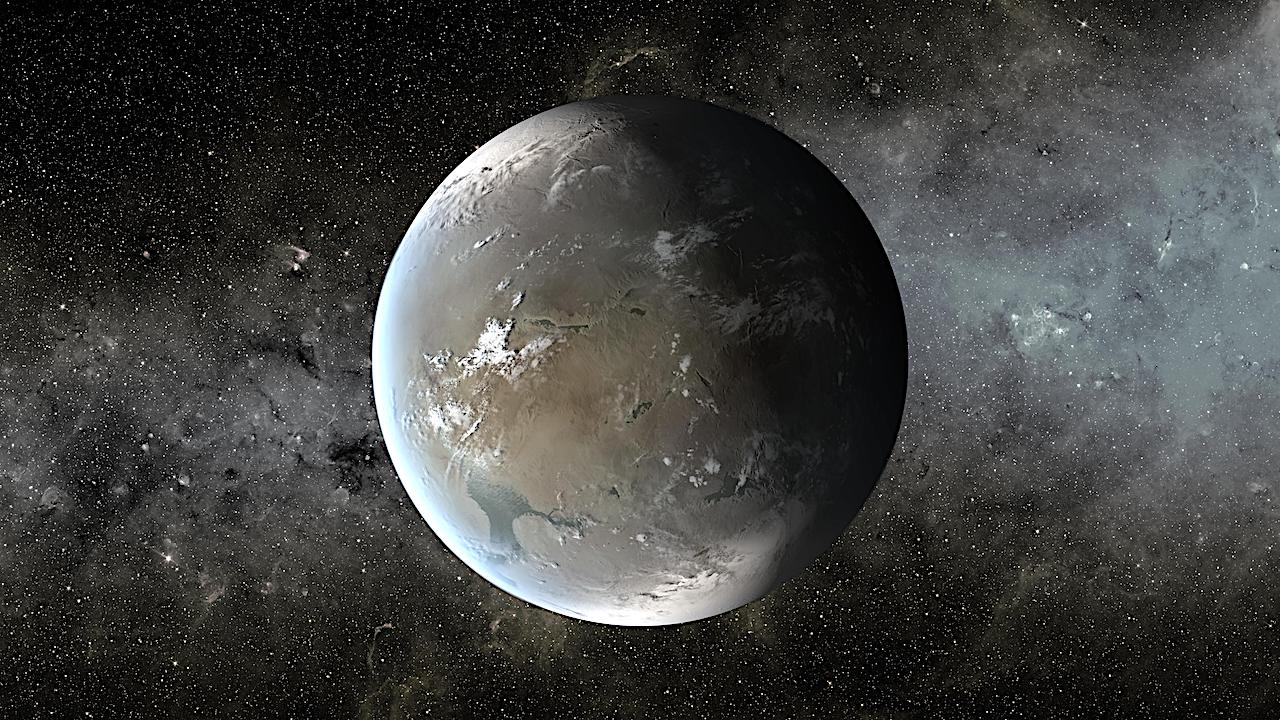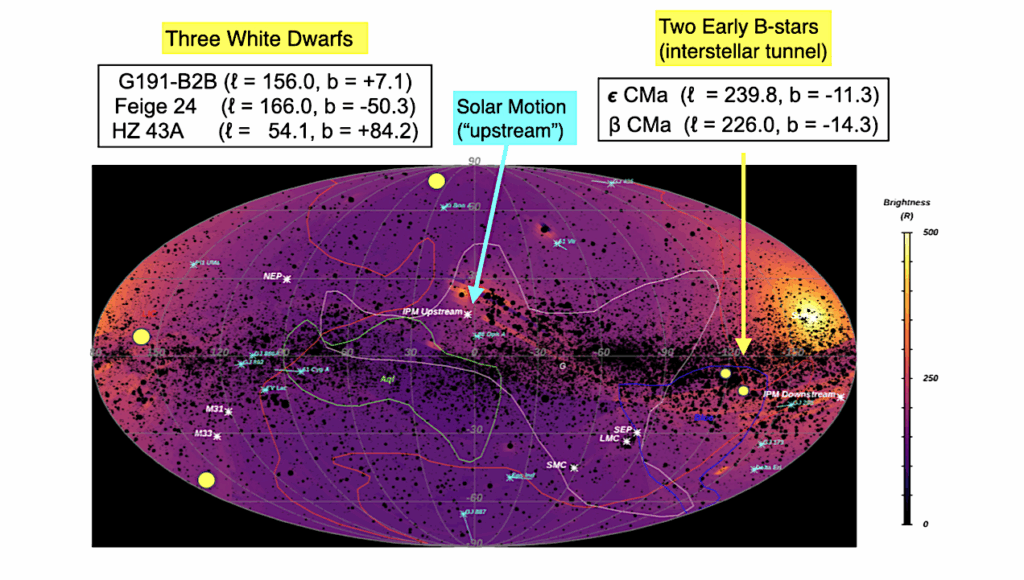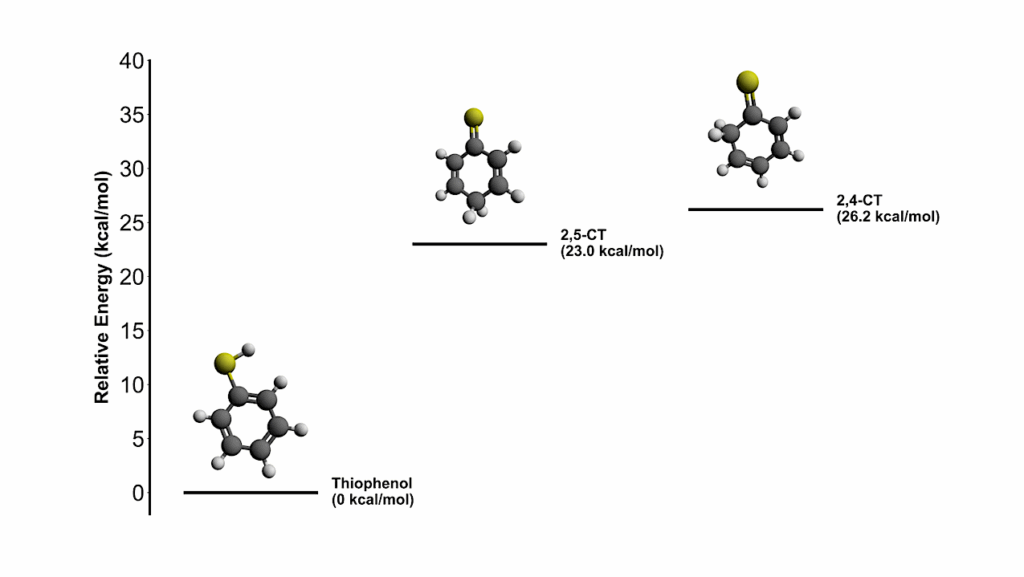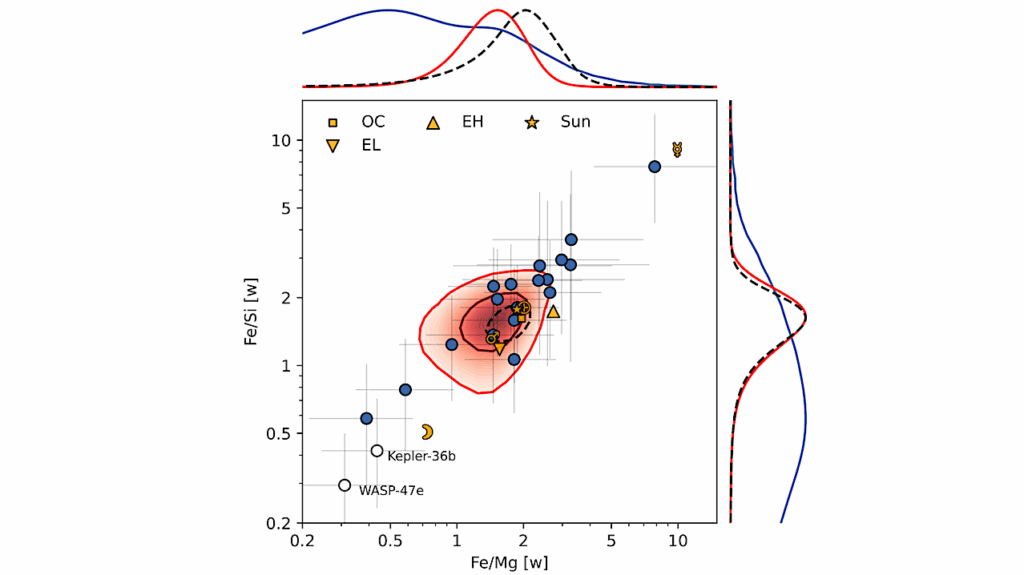Detectability of Surface Biosignatures for Directly Imaged Rocky Exoplanets

Modeling the detection of life has never been more opportune. With next-generation space telescopes, such as the currently developing Habitable Worlds Observatory (HWO) concept, we will begin to characterize rocky exoplanets potentially similar to Earth.
However, few realistic planetary spectra containing surface biosignatures have been paired with direct imaging telescope instrument models. Therefore, we use a HWO instrument noise model to assess the detection of surface biosignatures affiliated with oxygenic, anoxygenic, and nonphotosynthetic extremophiles.
We pair the HWO telescope model to a one-dimensional radiative transfer model to estimate the required exposure times necessary for detecting each biosignature on planets with global microbial coverage and varying atmospheric water vapor concentrations.
For modeled planets with 0-50% cloud coverage, we determine pigments and the red edge could be detected within 1000 hr (100 hr) at distances within 15 pc (11 pc). However, tighter telescope inner working angles (2.5 λ/D) would allow surface biosignature detection at further distances. Anoxygenic photosynthetic biosignatures could also be more easily detectable than nonphotosynthetic pigments and the photosynthetic red edge when compared against a false positive iron oxide slope.
Future life detection missions should evaluate the influence of false positives on the detection of multiple surface biosignatures.
Schuyler R Borges, Gabrielle G Jones, Tyler D Robinson
Detectability of Surface Biosignatures for Directly Imaged Rocky Exoplanets
PMID: 38377582 DOI: 10.1089/ast.2023.0099
Astrobiology . 2024 Feb 19. doi: 10.1089/ast.2023.0099.








